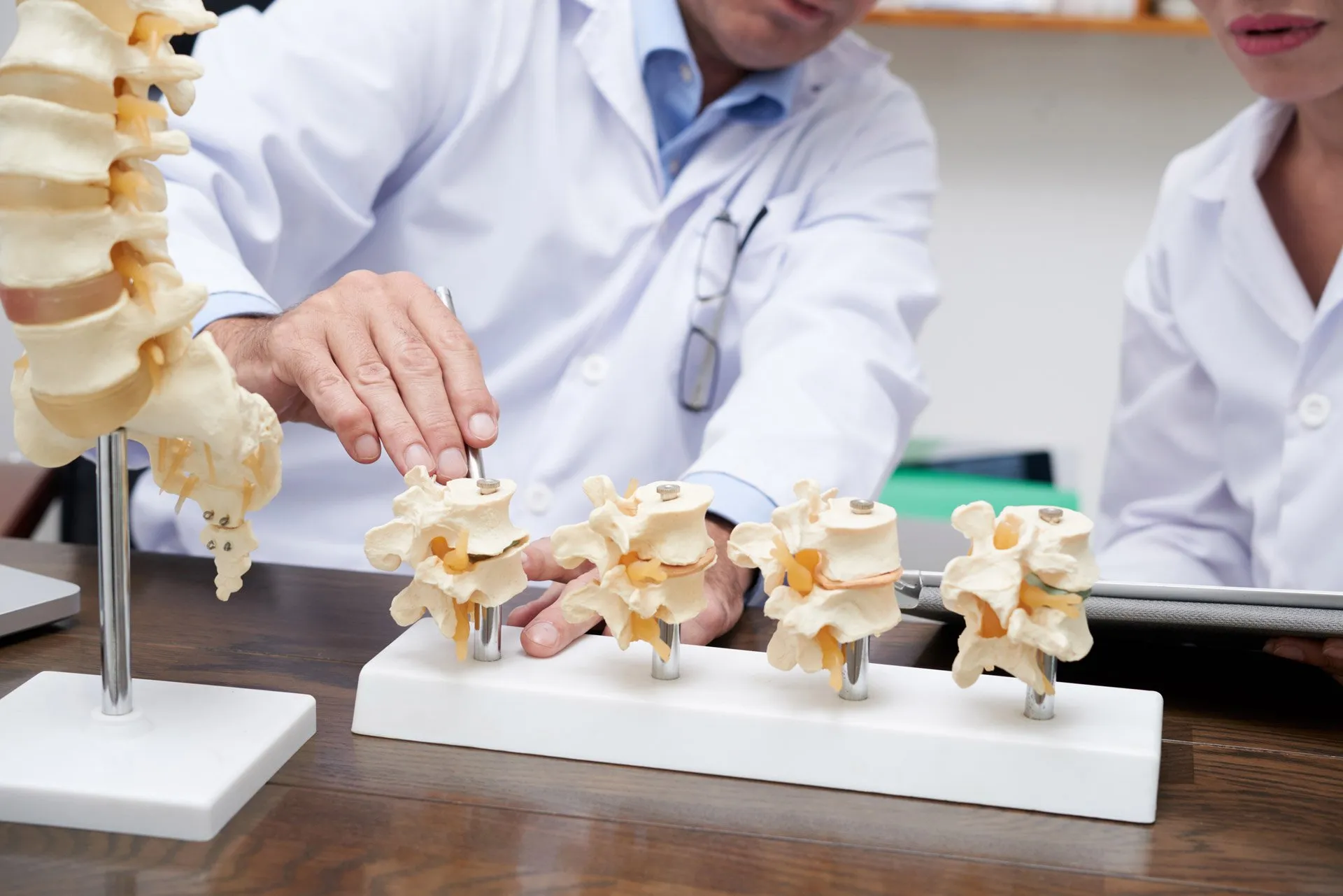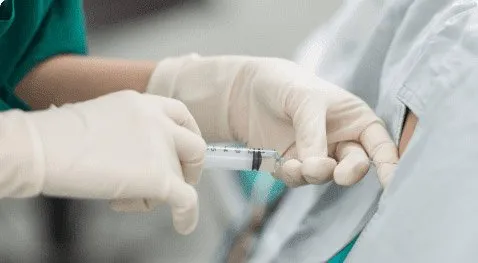
The FDA expanded its approval for a spinal cord stimulation (SCS) device to include an indication for painful diabetic neuropathy (PDN). The approval follows the high-frequency device’s (Senza, Nevro) positive clinical trial results, recently published in JAMA Neurology (2021;78[6]:687-698).
The trial found that at three months, 79% of participants (N=216) receiving SCS treatment alongside conventional medical management reported at least 50% improvement in visual analog scale (VAS) scores without worsening neurologic deficits, compared with 5% of participants receiving conventional management without SCS (P<0.001).
At six months, the mean VAS score for the SCS group dropped from 7.6 (95% CI, 7.3-7.9) to 1.7 (95% CI, 1.3-2.1), while the scores stayed the same for those treated without SCS, beginning at 7 (95% CI, 6.7-7.3) and finishing at 6.9 (95% CI, 6.5-7.3).
Along with the changes in pain scores, the researchers also noted neurologic exam improvements in 62% of the SCS participants at six months, compared with 3% of the patients receiving conventional management alone (P<0.001).

Primary investigator Erika Petersen, MD, FAANS, FACS, a professor of neurosurgery at the University of Arkansas for Medical Sciences College of Medicine, in Little Rock, reported that her team also witnessed improvements in ambulation, specifically in walking tests, where patients in the SCS arm made gains and walked further after treatment periods, while the conventional management arm did not.
“It’s one thing to say [a patient’s] pain level is lower, but if somebody [a patient] can actually do more because of the pain being better controlled than that, it really translates to improved overall function,” Petersen said in a previous conversation with Pain Medicine News.
“These findings were tremendous steps forward for the field of neuromodulation,” Petersen said late last year. “The fact that 10-kHz SCS does not generate paresthesias is beneficial when considering SCS for diabetic neuropathy, as many of these patients experience tingling sensations at baseline and do not tolerate added paresthesias.”





